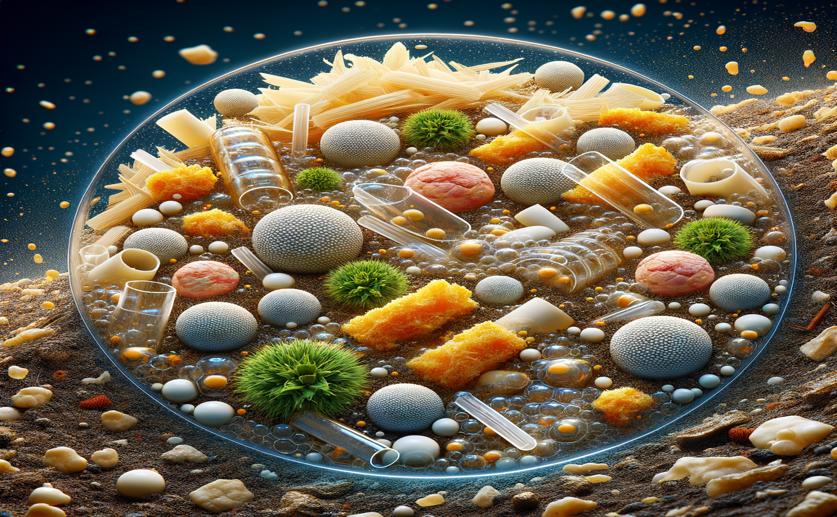
Biodegradation of Bioplastic and Oregano Oil Mix in Simulated Soil Conditions
Greg Howard
12th July, 2024

Image Source: Natural Science News, 2024
Key Findings
- Researchers at Universidade Federal de Santa Catarina found that adding oregano essential oil (OEO) to PHBV films significantly increased their biodegradation rate
- PHBV films with OEO showed a 46% mass loss after 12 weeks in simulated soil, compared to 32% for films with clay nanoparticles
- The study suggests that OEO enhances biodegradation by creating a rough, layered surface with visible cracks, promoting a layer-by-layer erosion mechanism
EnvironmentSustainabilityBiotech
References
Main Study
1) Biodegradation study of poly(hydroxybutyrate-co-hydroxyvalerate)/halloysite/oregano essential oil compositions in simulated soil conditions.
Published 8th July, 2024
https://doi.org/10.1016/j.ijbiomac.2024.133768
Related Studies
2) The Influence of Additives and Environment on Biodegradation of PHBV Biocomposites.
3) Biodegradability of plastics.
4) Biodegradation Studies of Polyhydroxybutyrate and Polyhydroxybutyrate-co-Polyhydroxyvalerate Films in Soil.
5) Exploring New Strategies for Optimizing the Production of Poly(3-hydroxybutyrate-co-3-hydroxyvalerate) from Methane and VFAs in Synthetic Cocultures and Mixed Methanotrophic Consortia.



 12th May, 2024 | Greg Howard
12th May, 2024 | Greg Howard